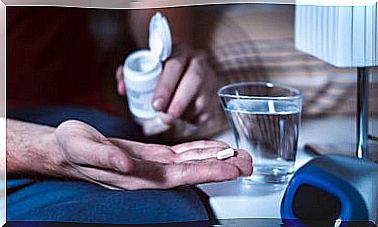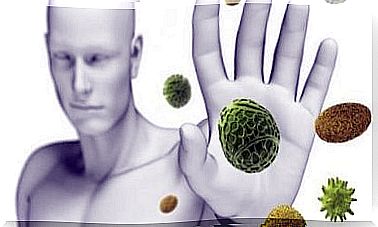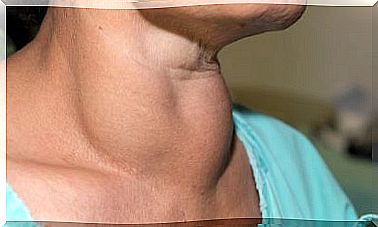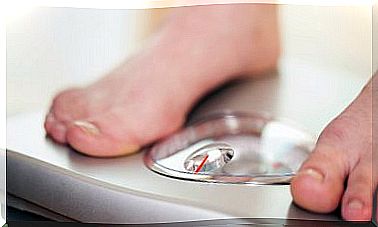4 Secrets About Water Bottles That Nobody Wants You To Know
Today, buying a water bottle is synonymous with buying a plastic container, but behind it there are a number of secrets related to water bottles that it is important for us to take into account. Take note and thus keep your body away from possible bacteria.
1. Don’t reuse water bottles
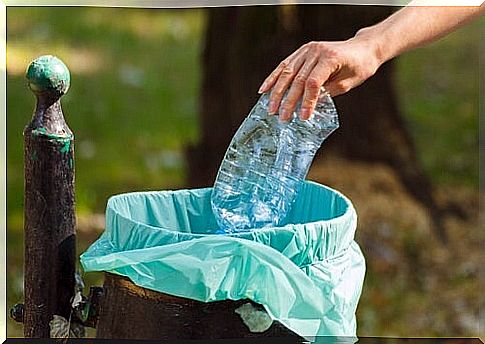
You shouldn’t reuse plastic bottles, as they can release dangerous chemicals. For this reason, it is important that you pay attention to the symbols on the bottom of the containers.
- For example, if you find triangles with figures inside, this will refer to the type of plastic with which the bottle was made.
In this sense, containers marked with “1” (PET or PETE) will only be safe for disposable use.
And it is that, in an environment with oxygen, in case of heating or being exposed to the solar rays, the container would end up emitting toxic substances that pass into the water.
In this way, you should avoid containers that are marked with “3” and “7” (PVC and PC), because they give off toxic substances that can penetrate food and beverages.
If we expose the body to this type of container for a long time, it can end up developing dangerous diseases.
- If you are looking to fill your bottles, keep in mind that to give this type of use the most recommended are those made of polyethylene : you will find them because they are marked with “2” and “4”.
- Polypropylene containers that are marked with “5” and the letters PP are also recommended. This type of container is relatively safe if you use it to store cold water and disinfect it to be reused.
2. Beware of bacteria
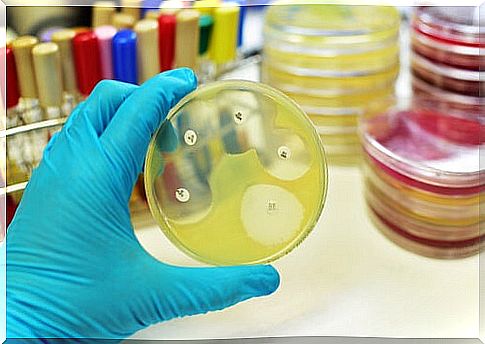
A plastic bottle can be a real nest for bacteria. So much so that the level of microorganisms in these bottles often exceeds the safe amounts for health.
Don’t be the one creating the perfect conditions for microbes to grow when you pick up a bottle with dirty hands, wash it poorly, and store the water in it at room temperature.
The solution to preserve the good condition of the bottles is to wash the containers with soap and water or a dishwasher.
The greatest health risk associated with the reuse of plastic bottles is microbiological. This is so because the usual deterioration of the bottles occurs. But how?
This can occur from a small break or crack in the material, which becomes the perfect place for the concentration of bacteria.
But washing the bottle well will not guarantee anything. According to different investigations, the greatest amount of bacteria lives in the mouths of the bottles and it is not always possible to have adequate hygiene on these areas.
3. Beware of variants derived from water
Bottled water companies also sell derivatives in which some type of flavor is added. Through these products what they seek is to attract the new market of young people and athletes.
For this reason, what they do is sell this bottled water with different flavors added to it, claiming that they are solutions “healthier than other sugary drinks can be.”
However, you have to be careful with this because sometimes this water can contain as much sugar as a soda.
In order not to be fooled by advertising, you should always check the information on the label and see how much sugar it contains.
In conclusion, there is no problem with reusing a plastic bottle once or twice. However, it is important not to do it too many times. For this we can buy glass or stainless steel bottles, which will also need to be disinfected each time we fill them.


